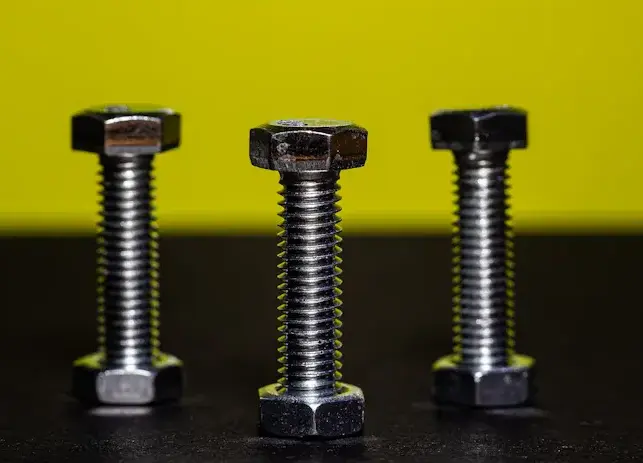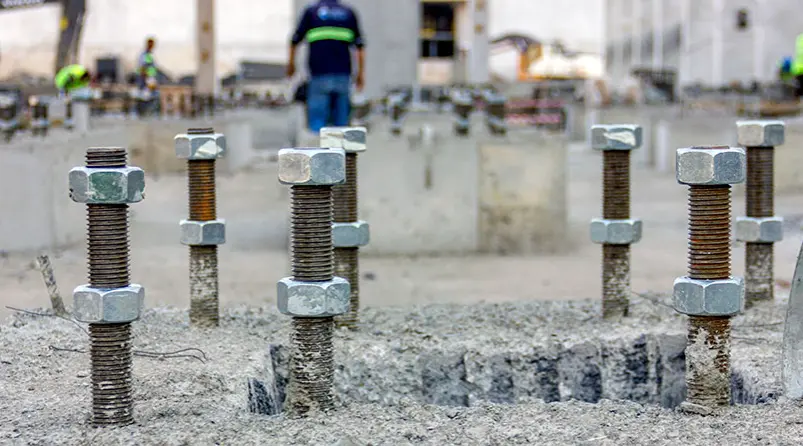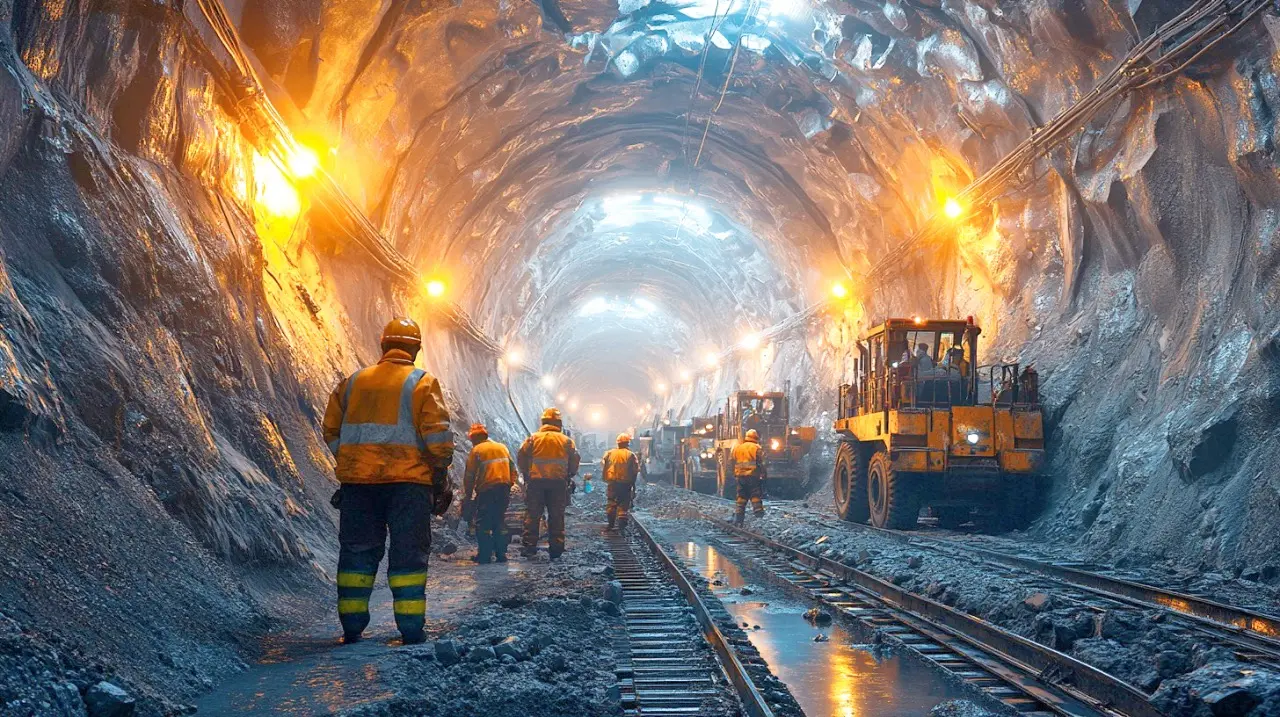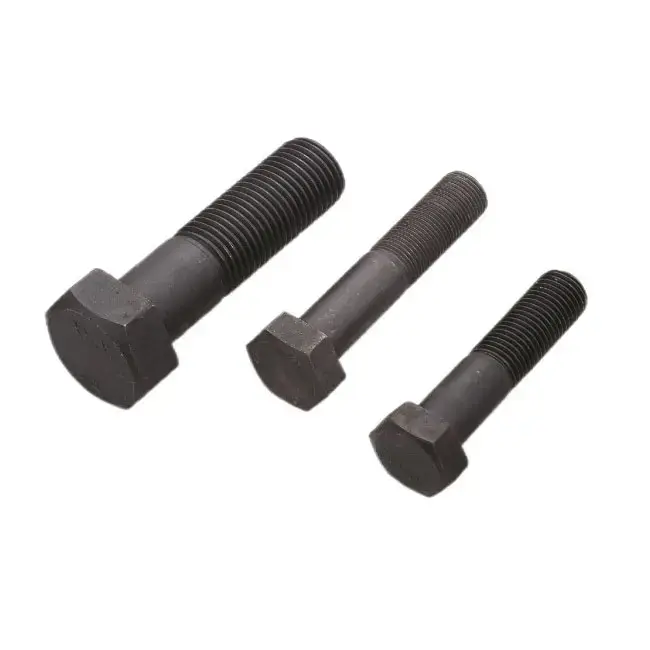How to Choose the Right Lifing Loops for Your Project
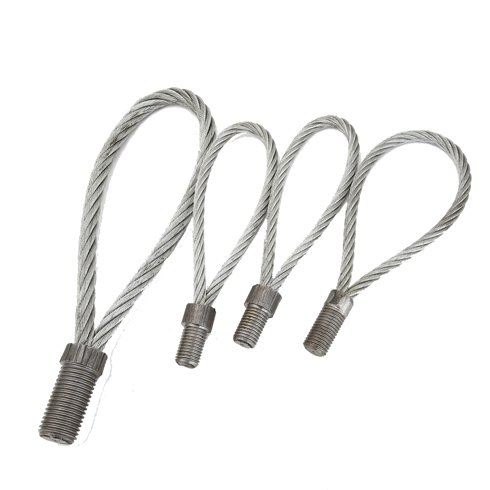
Choosing the appropriate Lifing Loops is essential to ensure your project operates smoothly and safely. It's important to assess the weight capacity, material, and environmental conditions before making a decision. Using the wrong Lifing Loops can result in accidents or equipment failure. Focus on compatibility and safety features to safeguard your team and equipment while optimizing efficiency.
Key Takeaways
· Pick Lifting Loops by checkingweight limit, material, and environment. This keeps work safe and effective.
· Check lifting loops for damage or wear before using them. This helps stop accidents and makes them last longer.
· Make sure lifting loops match the equipment. This avoids problems and keeps work safer.
Types and Applications of Lifting Loops
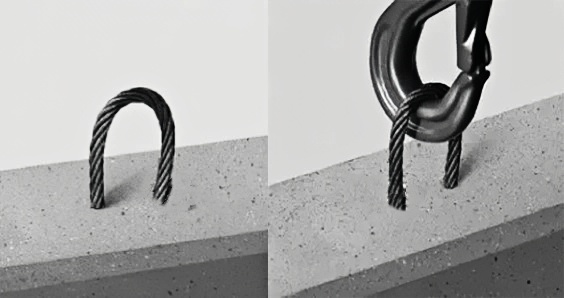
Overview of Lifting Loops
Lifting loops are essential tools for handling heavy loads in construction, manufacturing, and logistics. These loops act as connectors between lifting equipment and the load, ensuring secure and efficient movement. You can find them in various sizes and designs, each tailored to specific applications. Their primary purpose is to distribute weight evenly and reduce strain on lifting machinery.
When choosing lifting loops, you need to consider their role in your project. For example, some loops are designed for vertical lifting, while others handle angled or horizontal loads. Understanding their function helps you select the right type for your needs.
Tip: Always check the specifications of lifting loops to ensure they match the weight and dimensions of your load. This prevents accidents and equipment damage.
Common Types of Lifting Loops
Lifting loops come in several types, each suited for different tasks. Here are the most common ones:
1. Wire Rope Loops: These loops are made from steel wire ropes and are ideal for heavy-duty applications. They offer high strength and durability.
2. Synthetic Loops: Crafted from materials like nylon or polyester, these loops are lightweight and resistant to corrosion. They work well in environments with moisture or chemicals.
3. Chain Loops: These loops use metal chains for lifting. They are perfect for rugged conditions and loads with sharp edges.
4. Round Slings: These loops are made from continuous strands of synthetic fibers. They provide flexibility and are gentle on delicate surfaces.
Each type has unique advantages. Wire rope loops excel in strength, while synthetic loops offer versatility. Chain loops handle tough conditions, and round slings protect fragile items.
Note: Match the type of lifting loop to your project's requirements to maximize efficiency and safety.
Factors to Consider When Selecting Lifting Loops
Weight Capacity and Load Analysis
Understanding the weight capacity of lifting loops is crucial for safety and efficiency. You need to determine the maximum load your project requires and ensure the lifting loops can handle it. Overloading lifting loops can lead to equipment failure or accidents.
Start by calculating the total weight of the load, including any additional forces caused by movement or angles during lifting. Manufacturers usually provide a Working Load Limit (WLL) for their products. This limit indicates the maximum weight the lifting loop can safely support. Always choose lifting loops with a WLL higher than your calculated load to provide a safety margin.
Tip: Never exceed the WLL of your lifting loops. Doing so can compromise their integrity and put your team at risk.
Material and Durability
The material of lifting loops plays a significant role in their performance and lifespan. Different materials offer unique benefits, so you should select one that matches your project's demands.
· Steel Wire Loops: These are highly durable and suitable for heavy loads. They resist wear and tear, making them ideal for long-term use.
· Synthetic Loops: Materials like nylon or polyester are lightweight and flexible. They work well in environments where corrosion or moisture is a concern.
· Chain Loops: These loops are made of metal chains and excel in rugged conditions. They can handle sharp edges and abrasive surfaces without damage.
Consider the durability of the material in relation to your project's conditions. For example, if your project involves exposure to chemicals, synthetic loops may be a better choice.
Note: Inspect the material for signs of wear or damage before each use. This ensures the lifting loops remain reliable over time.
Environmental Conditions
Environmental factors can significantly impact the performance of lifting loops. You need to evaluate the conditions in which the loops will operate to make the right choice.
· Temperature: Extreme heat or cold can weaken certain materials. Steel loops may become brittle in freezing temperatures, while synthetic loops can degrade under high heat.
· Moisture and Corrosion: If your project involves water or humidity, synthetic loops are more resistant to corrosion than steel or chain loops.
· Chemical Exposure: Some environments contain chemicals that can damage lifting loops. Synthetic materials like polyester often resist chemical damage better than metal
By considering these factors, you can select lifting loops that maintain their strength and durability in challenging conditions.
Reminder: Always store lifting loops in a clean, dry place to protect them from environmental damage when not in use.
Safety and Maintenance of Lifting Loops
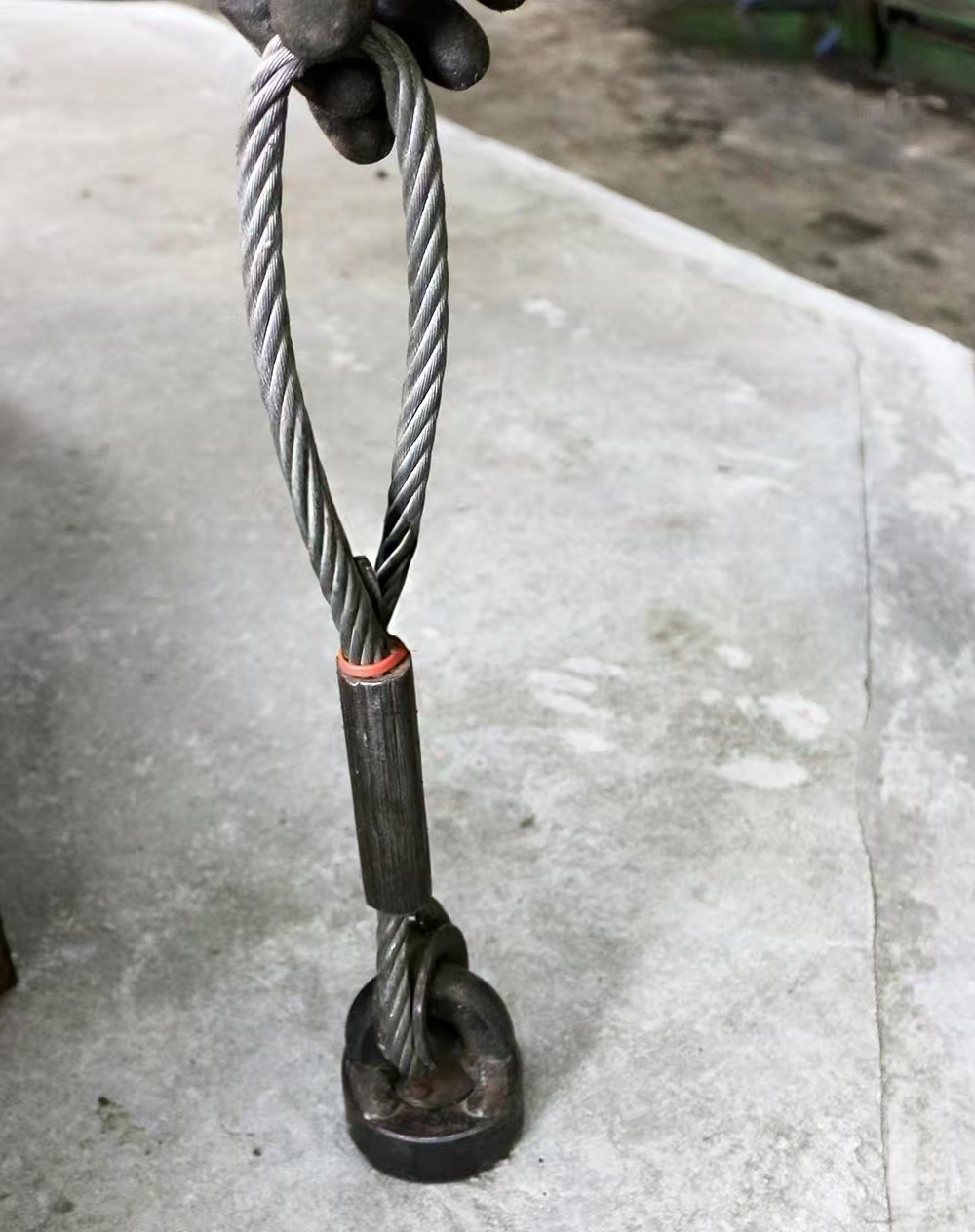
Safety Features and Standards
When selecting lifting loops, you must prioritize safety features and ensure compliance with industry standards. These features protect both your team and equipment during operations. Look for lifting loops that include:
· Clearly Marked Working Load Limits (WLL): This ensures you know the maximum weight the loop can handle.
· High-Quality Materials: Certified materials reduce the risk of failure under stress.
· Built-in Safety Mechanisms: Some lifting loops come with locking systems or reinforced stitching for added security.
Familiarize yourself with safety standards like OSHA (Occupational Safety and Health Administration) or ISO (International Organization for Standardization). These guidelines help you verify that the lifting loops meet minimum safety requirements.
Tip: Always choose lifting loops that exceed the weight and safety demands of your project. This provides an extra layer of protection against unexpected stresses.
Compatibility with Equipment
Lifting loops must work seamlessly with your existing equipment. Mismatched components can lead to inefficiencies or accidents. To ensure compatibility, consider the following:
1. Attachment Points: Verify that the lifting loop fits securely with hooks, shackles, or other connectors.
2. Load Distribution: Ensure the loop design aligns with the load's shape and weight distribution. For example, round slings work well with delicate or uneven surfaces.
3. Equipment Specifications: Check the manufacturer's recommendations for both the lifting loop and the machinery.
Using compatible equipment reduces wear and tear on both the lifting loops and the machinery. It also minimizes the risk of slippage or improper load handling.
Reminder: Test the lifting loop with your equipment before full-scale use. This helps identify potential issues early.
Maintenance and Inspection Tips
Proper maintenance extends the lifespan of lifting loops and ensures their reliability. Regular inspections help you identify wear or damage before it becomes a safety hazard. Follow these tips to keep your lifting loops in top condition:
· Inspect Before Each Use: Look for fraying, corrosion, or deformation. Replace any damaged loops immediately.
· Clean After Use: Remove dirt, grease, or chemicals that could weaken the material. Use appropriate cleaning methods based on the loop's material.
· Store Properly: Keep lifting loops in a dry, cool place away from direct sunlight or harsh chemicals. Hanging them on racks prevents tangling or unnecessary stress.
· Schedule Periodic Testing: Conduct load tests periodically to ensure the loops maintain their strength and integrity.
Alert: Never use a lifting loop that shows signs of damage, even if the damage appears minor. Small issues can escalate under heavy loads.
By following these maintenance practices, you can maximize the safety and efficiency of your lifting loops. Regular care not only prevents accidents but also saves costs by reducing the need for frequent replacements.
Choosing the right lifting loops ensures safety and efficiency. Focus on weight capacity, material, and environmental factors to match your project needs. Regular inspections and maintenance extend their lifespan and prevent accidents. Prioritize safety in every decision. Reliable lifting loops protect your team and equipment, helping you achieve project success without unnecessary risks.
FAQ
What is the difference between Working Load Limit (WLL) and Breaking Strength?
WLL refers to the maximum safe load a lifting loop can handle. Breaking strength is the point where the loop fails under stress.
Tip: Always use lifting loops within their WLL for safety.
How often should you inspect lifting loops?
Inspect lifting loops before every use. Regular checks help you identify wear, fraying, or damage early, ensuring safety and preventing accidents.
Reminder: Replace damaged loops immediately to avoid risks.
Can you use one type of lifting loop for all projects?
No, each project requires specific lifting loops. Factors like weight, material, and environmental conditions determine the best choice for your needs.
Note: Match the loop type to your project for optimal performance.


